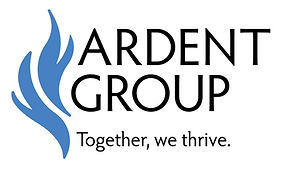Navigating Grant Writing: Choosing the Right Partner for Small Nonprofits
- Katherine Schnittman
- Sep 1, 2023
- 2 min read
Updated: Sep 5, 2023
By: Kate Schnittman, CFRE

Competition for funds is fierce and first impressions are everything
In the Greater Rochester area alone, there are almost 6,600 nonprofits - more than 30% of which have revenues less than $1M. Consider also that more than 30% of nonprofits fail to exist for more than 10 years. This high failure rate is not a function of limited funding, but rather a function of operational struggles. It’s no wonder that foundations are selective.
It only makes sense that Rochester area foundations prefer to fund NFPs that are engaged in successful collaborations. Small nonprofits are particularly beholden to this cause; rather than seeking to enlarge and expand, they must embrace their smallness and operational efficiencies as they tackle mighty goals left unmet by larger organizations.
To nab that next major gift, collaborative programming and effective communication with potential funders about impactful partnerships is essential. Often the sensible approach is to put the grant writing on the back burner.
Stop writing; Start planning
Beware the eager grant writer who promises sizeable awards, who does not require an investment in research, and who does not prioritize valuable connections with potential funders.
Small nonprofits with tight budgets need partnerships with development planners who understand the organizational and programming structures that major funders appreciate. While grant writing rates may seem more attractive, money tossed to those with limited experience is rarely a valuable investment.
So, how to raise money?
Effective development strategies for pint-sized organizations prioritize garnering community support, adopting board engagement techniques that broaden the organization’s network, and embracing approaches to cultivate relationships with major donors and prospects. When these elements of a development program are in place, the organization is primed to make tailored approaches to foundations.
With a focus on small and transitioning nonprofits, Ardent Group is often approached by optimistic nonprofits believing that a grant will answer all of its problems. In our collective experience, the answer has never been that simple. Development strategies can never be siloed from programming and operations.
The only answer is a comprehensive development plan that considers mission, strategy, and programming to set realistic growth expectations.

Comments